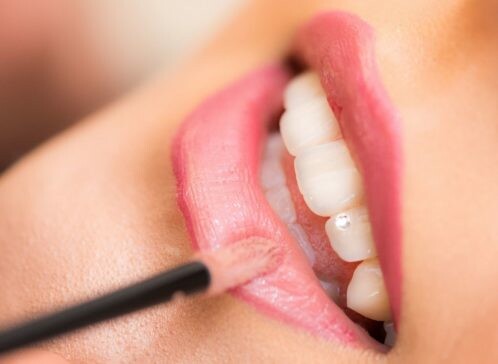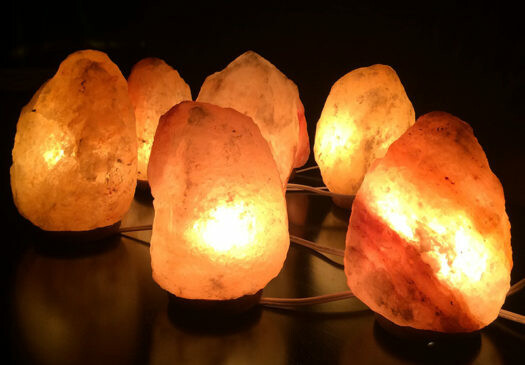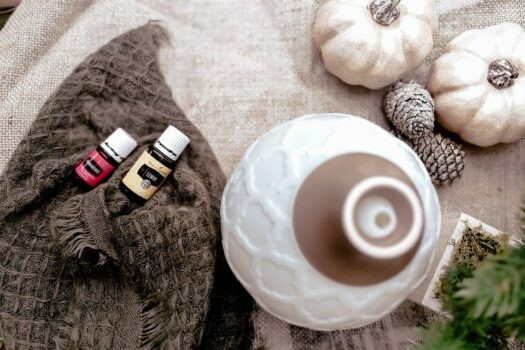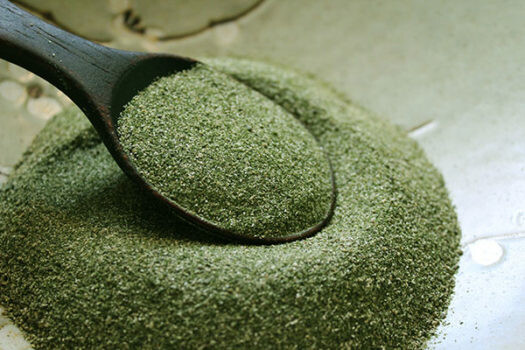
In today’s society, we are bombarded with chemicals and harmful toxins everywhere we turn. They can be found in the air, in our water, in our food, in our storage containers and bottled water, in our cookware, in our laundry products…and the list goes on. One of the biggest causes for concern, especially for women, is the makeup and personal care products we use on a daily basis.
As the effects of these chemicals are becoming more widely known, thanks to efforts of organizations like Environmental Working Group, we are slowly changing the products we use. Unfortunately, the FDA does not require that companies specifically list harmful chemicals if they claim that it is a “secret ingredient” vital to the product they make, so ingredients like parfum and fragrance could literally be anything.
Many makeup and personal care product companies are still using ingredients that have been proven to be toxic to our health, so just like reading food labels, it’s important to read the labels on these products as well. The list below describes some of the most common toxins you should watch out for and why (this is just a small portion of what’s really out there).
- Parabens – used as a preservative, they mimic natural estrogen. Excess estrogen promotes obesity, cancer, infertility and female uterine issues (banned from Europe in 2003). Hormone disruption galore!!
- Phthalates – Often included as a “secret ingredient” in formulas, these synthetic estrogens are endocrine disruptors and are linked to early breast cancer development, interfere with thyroid function and can affect fetal development. Used to hold color and fragrance in products, also used in soft plastic products such as children’s toys.
- Sodium Lauryl Sulfate (SLS), Sodium Laureth Sulfate (SLES) – Added to many body care and household cleaning products to increase the foaming effect. This chemical strips the natural oils from the body leaving it vulnerable to other toxins.
- Formaldehyde – Yes, the same chemical used to preserve bodies in the mortuary is also used to preserve shelf life in cosmetics. Often listed as DMDM, it is used to make harsh ingredients milder, such as detergents. It’s known to be toxic to the brain, can cause respiratory issues and cancer, and is suspected of being toxic to the kidneys. It was banned in Europe in 2007.
- Fragrance – This term was created to protect a company’s “secret formula” and could be a concoction of toxic substances.
- Propylene Glycol – Used as a deicing agent for roads, planes, cars and also found in makeup, toothpaste, and deodorant to make products “glide” better. Can cause skin irritation, dermatitis, and hives, provoke an allergic reaction in people with asthma, skin allergies or sensitivities.
- Bismuth – This is a heavy metal that can cause liver and kidney damage, anemia, nausea, headache, and diarrhea. Used in makeup, medication and stomach remedies as a coloring agent and texture enhancer (think pink in Pepto Bismol).
- Talc – This is used to absorb moisture and cut down on friction, that’s why it has been so popular in personal care products like baby powder and adult body powder. It has been linked to lung cancer, ovarian cancer, and some respiratory diseases.
- FD&C Color Pigments – Most color pigments are made from coal tar and can cause skin sensitivity and irritation. FD&C Red #4 is now banned in the United States.
- Animal Testing – unfortunately, the makeup industry has a long history of using animals to test their products, specifically rabbits because they have delicate eyes and membranes. These companies have long been a target of organizations such as PETA to get them to reform their testing standards.
Healthy, Natural Makeup
As you can see, looking beautiful can be hazardous to your health if you don’t do your research to find the least harmful and natural products you can. If you are doing everything else right (eating clean, getting movement, detoxifying) and still use makeup and personal care products that are harmful, you are not doing your body any favors.
That’s why I am so excited that Young Living has a makeup line called Savvy Minerals that is gluten-free, cruelty-free, has no parabens, phthalates, petrochemicals, bismuth, talc, synthetic fragrances, synthetic colorants or dyes! Instead, we’re talking about arrowroot powder, kaolin clay, jojoba oil, and ingredients that nourish and benefit our skin while giving full coverage and a flawless makeup look.
I had a mini-makeover with it to test it out…then I bought the entire line and can’t wait to share it with others!!! Now I can say that Young Living has pretty much everything that I need to live my healthiest life!!
Setting The Standard
I am so, so proud to be a part of Young Living As members, we have been asking for them to bring us makeup for so long and they delivered. I love it because Young Living is plenty successful with essential oils, but their mission goes beyond just that. Their goal is to help us all to live a toxin-free life in every aspect, and sometimes when something can’t be found that is clean and pure and good enough elsewhere, you’ve got to make it yourself, and they did just that.
Ladies, read your labels, it’s time to step up and clean it up! To see how your favorite beauty products rate, search EWG’s Skin Deep® Cosmetics Database. They have over 69,000 products listed, with specific categories for home, sun, makeup, skin care and more. When you find your product, the right side of the screen shows a number from 1-10 and the lower the number, the less harmful the product is. All the ingredients in the Savvy Mineral line are listed as safe. Hopefully, these products will be added to the database soon!
While it’s true that using organic, non-toxic makeup and personal care products may cost you more initially, the long-term benefits of using quality products now far outweigh the future costs of poor health. If you want to learn more, please reach out to me. I would love to help you decide what to order and how to become a Young Living member today.
Disclaimer: The information contained herein is not to be construed as medical advice and is not intended to diagnose, treat, or cure any medical condition. These statements made have not been approved by the FDA, nor should they be taken as a substitute for medical advice from a licensed physician.
Affiliate Links: Some links on my website and emails are affiliate links. Should you click on these links and decide to purchase anything, I will receive a small commission and you will have my sincere thanks for supporting Tina’s Healthy Living.












